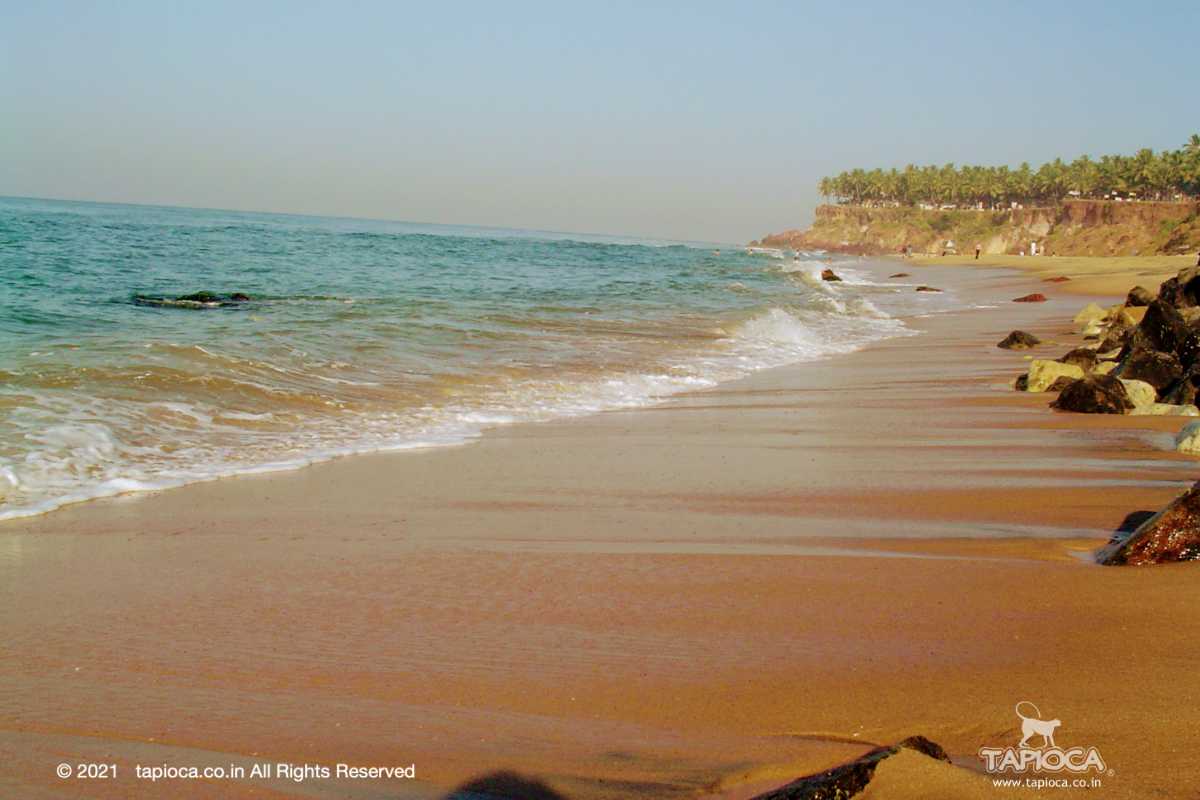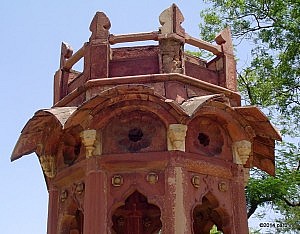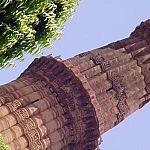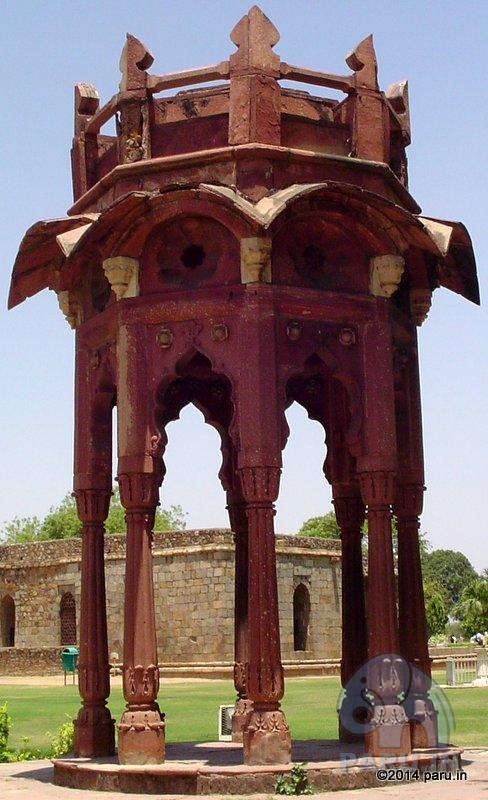Varkala Beaches

Varkala
Varkala is known for pristine beach and the laterite cliff
T
he contrast is quite stark. Varkala's beach has been known for religious reasons for centuries, say well over 2000 years! Of late it is a much talked about tourism destination.Let's see the traditional facets of Varlala beach first and later the tourism actions.
Devote Hindus consider the beach of Varkala as Papanasham , literally means the 'cleanser of sins'. This is a place where the close relatives of recently deceased come to perform the rituals. This includes, apart from many prayers, immersion of a tiny portion of ashes brought from the funeral pyre.
One certain days of the months and years, significant to Hinduism, people come to the beaches of Varkala in larger numbers to offer prayer to their ancestor.
The rituals generally centers around the ancient Janardhana Swamy Temple and the beach close to the South Cliff. You can see many points on the souther side of the beach where the priests assist people to perform the prayers.
While it is not considered offensive watching those rituals at the beach, observer the basic decorum deemed in such situations. It may be tempting, but you'll be on the right side of the etiquette for not photographing. Well, that's just a tip for those of you who are not very familiar with the local culture.
About 10 minutes walk from the South Cliff, along the beach towards the north you'll reach the strip where the feverish beach life firing on all cylinders. Before that would cross a small stream that empties into the sea. The section of the beach just mentioned is located beneath a palm fringed cliff, often called as the Northern Cliff in Varkala.
Further up north around the headland is the small Thiruvambadi Beach, also called the Black Beach. Probably you've guessed it right, the sand over here is blackish unlike the silver sand south of the Northern Cliff.
Further up north of Thiruvambadi, about a kilometers walk will take you out of the touristy scene. What you see will be fishermen folks villages and small small beach on the edges of the Odayam village.
This is well off the beaten track of Varkala's beach attractions. With its rural ambient, Odayam Beach is for those of you developed that aversion for those typical crowded touristy beaches.
About 8km from the Varkala is the Kappil Beach. Though you may not be able to trek along the coastline, you can take a bus or hire local taxi to Kappil from Varkala. Also you can hire 2wheelers at Varkala for the village tour and excursion to Kappil.
 The Hindu Chatthri style used by Major Robert Smith[/caption]
[caption id="attachment_53" align="alignleft" width="150"]
The Hindu Chatthri style used by Major Robert Smith[/caption]
[caption id="attachment_53" align="alignleft" width="150"] Quick Tips:
Quick Tips:Distance: Qutab Minar Metro Station (2km) ; New Delhi Railway Station (15km)
Open on all days sunrise to sunset.
Entrance Fee: Rs10 (Indian) ; Rs250 (Foreigner). See also ASI Entry Fees
Photography : Free
Video graphy: Rs 25[/caption] [caption id="attachment_65" align="alignleft" width="488"]
 Smith's Folly at Qutab Minar Complex in Delhi[/caption]">
Smith's Folly at Qutab Minar Complex in Delhi[/caption]">
Sometimes the conservation efforts overshoots the intention. 'Smith's Folly' at Qutab is a classic example.
More than ones Qutub Minar faced structural damages due to lightning strikes and earthquakes.The last major damage happened in 1193 AD about 175 years after its inauguration. Feroz Shah Tughlaq , the sultan of Delhi at the time repaired it , adding two more stores to augment its height and capped it with a Cupola (a rounded dome).
You can now see at Qutab Minar the two extended stories, but not the Cupola.
Six centuries after the installation by Feroz Shah Tughlaq the cupola fallen of from the Qutab in 1803 in an earthquake. Much has changed in Delhi's politics. The then British Governor General of India authorized Major Robert Smith of the Royal Engineers to do the repairs. Robert Smith was already known for his skills in the local architectural styles. He's the same engineer build the St James Church in the Old Delhi
To the utter architectural distaste, he capped the tower with a Hindu architecture style chatthri. He missed both, the historic context of the Qutab Minar and well as the architectural style used in its execution. A monument erected some 600 years back to commemorate the victory of the sultanate over the Hindu kingdom, is capped with a Hindu style architecture!
In 1848 AD, Lord Hardinge , the then Governor General of colonial India ordered to pull this down.
By the time Smith's improvisation earned the nickname - the Smith's Folly!
Unlike the lost dome of Feroz Shah Tughlaq, the Smith's Folly is re assembled and kept as a tailpiece of history. You can see this in the garden on the southeast corner of the Qutab Minar complex.
The follies around Qutub doesn't end with the Smith's Folly. Metcalfe’s Folly a pavilion built by Charles Metcalfe, an Indophile British stands on the grassy slopes of the Mehrauli Archaeological Park, a bit south of the Qutab Complex.
[caption id="attachment_66" align="alignleft" width="300"] The Hindu Chatthri style used by Major Robert Smith[/caption]
The Hindu Chatthri style used by Major Robert Smith[/caption]
[caption id="attachment_53" align="alignleft" width="150"] Quick Tips:
Quick Tips:
Distance: Qutab Minar Metro Station (2km) ; New Delhi Railway Station (15km)
Open on all days sunrise to sunset.
Entrance Fee: Rs10 (Indian) ; Rs250 (Foreigner). See also ASI Entry Fees
Photography : Free
Video graphy: Rs 25[/caption]
[caption id="attachment_65" align="alignleft" width="488"] Smith's Folly at Qutab Minar Complex in Delhi[/caption]
Smith's Folly at Qutab Minar Complex in Delhi[/caption]
